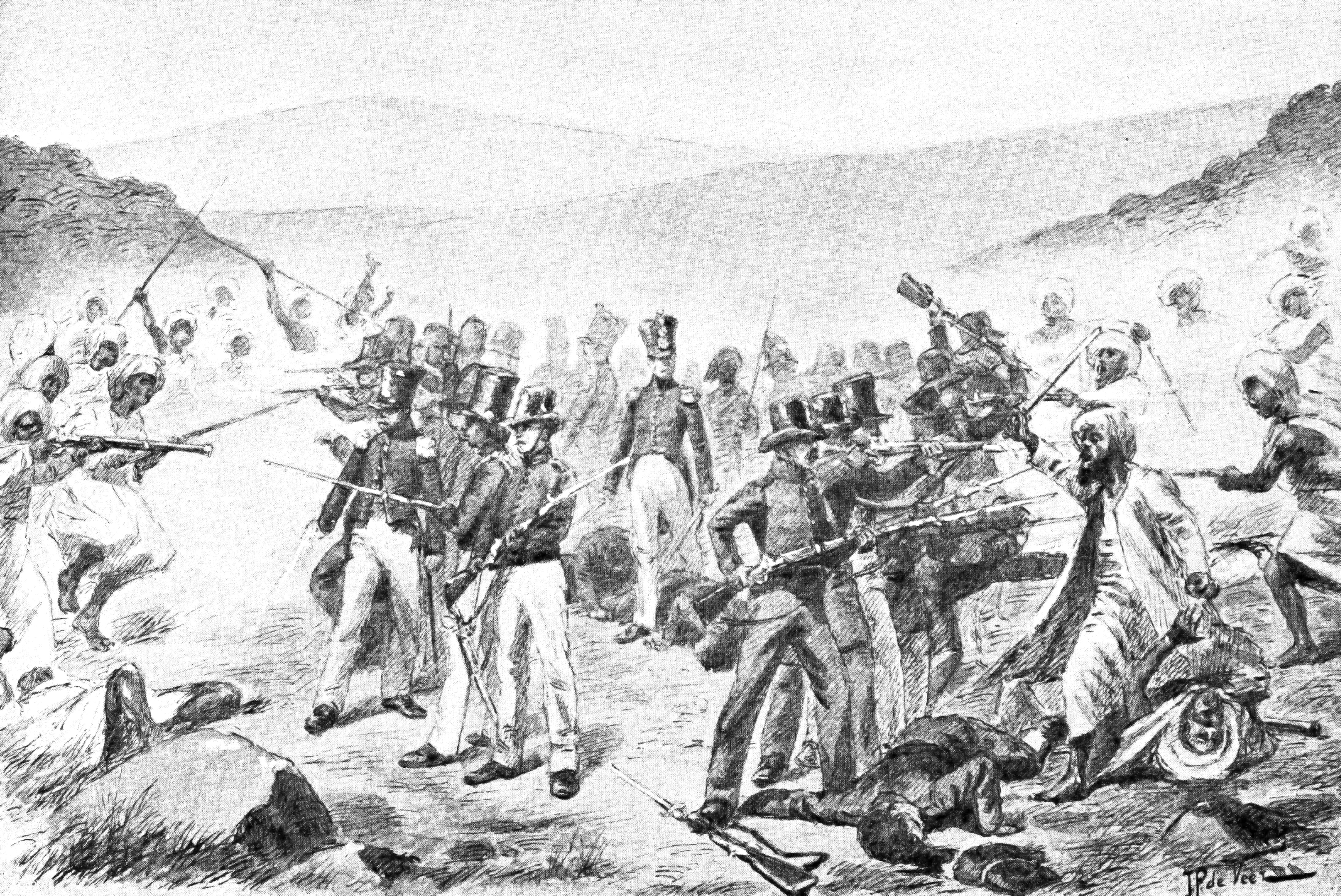
The Padri War
Was a war that took place in West Sumatra and its surroundings, especially in the area of the Kingdom of Pagaruyung in 1803 to 1838. This war was a war that was initially a result of conflict on religious matters before turning into a war against colonialism.The Padri War is actually the resistance of the Padri against the dominance of the Dutch Indies government in West Sumatra, then there is a conflict between the Padri and the adat which led to the entrance to Dutch interference and this war was divided into 3 phases, and that was :
- The movement of people who was attacking the posts and the prevention of Dutch patrols (1821-1825)
- The Padang agreement (1825-1830).
- Dutch strategy of ''Winning The Heart'' and ''Long Placards'' in Padri War (1830-1837 / 1838)
Background of the War
The Padri War was motivated by the return of three Haji from Makkah around 1803, namely the Haji Miskin, Haji Sumanik and Haji Piobang who want to improve the Islamic Shari'a which had not been perfectly carried out by the Minangkabau people. Knowing this, Tuanku Nan Renceh was very interested and then supported the wishes of the three Hajj people along with other ulemas in Minangkabau who were members of the Nan Salapan Tiger.
And then Harimao Nan Salapan asked Tuanku Lintau to invite '' Yang Pertuan Pagaruyung of Sultan Arifin Muningsyah'' along with the Indigenous people to abandon some practices that were contrary to the teachings of Islam. In some negotiations there was no agreement between the Padri and the Indigenous Peoples. Along with that, some villages in the kingdom of Pagaruyung were turbulent, culminating in 1815, the Padri under the leadership of Tuanku Pasaman attacked the Kingdom of Pagaruyung and war broke out in Koto Tangah. This attack caused Sultan Arifin Muningsyah to be forced to flee and escape from the royal capital. From the records of Raffles, who had visited Pagaruyung in 1818, said that he only found the remains of the burning Pagaruyung Royal Palace.
Strategies that has been used by Indigenous Peoples and the Dutch
Strategy of the Indigenous Peoples and the Kingdom of Pagaruyung: Ask for Dutch Help
The Indigenous people was began overwhelmed by the Padri. The Padri continued to attack the Indigenous Peoples. Defeat after defeat suffered by the Indigenous Peoples. Sultan Arifin Muningsyah is nowhere. Everything is bad for the Indigenous people. They also negotiated to resolve this problem. Until finally a solution was obtained, which was to ask for Dutch assistance.
Sultan Tangkal Alam Bagagar led the Indigenous People to negotiate with the Dutch. Although the original Sultan of Tangkal Alam Bagagar had no right to act in the name of the Kingdom of Pagaruyung, they still insisted on signing the agreement. Because of this agreement, the Dutch considered the Kingdom of Pagaruyung surrendering to the Government of the Dutch East Indies. At that time Padang was led by Resident James du Puy. On the advice of the resident, Sultan Tangkal Alam Bagagar was appointed by the Dutch to be the ''Tanah Datar Regent''. This alliance opportunity is too dear to miss because the Dutch are also very interested in Minangkabau because it is suitable for planting coffee. Coffee was an important trade commodity for the Dutch in Europe.
The Dutch, who were invited by Indigenous Peoples to interfere in West Sumatra's affairs, began to act. They attacked the Hard Water and Simawang areas led by Captain Dienema and Captain Goffinet. Then Lieutenant Colonel Raaff helped the two captains and managed to drive the Padri people out of Pagaruyung. Then the Dutch built the fortress Fort Van Der Capellen in the Batusangkar area.
Infographic Timeline of Padri War
Information regarding the Timeline was from Wikipedia.com. Made it from Canva.com

I'm sorry about the plagiarism miss, but I've my friend have edited it and I have made the infographic timeline.
ReplyDelete